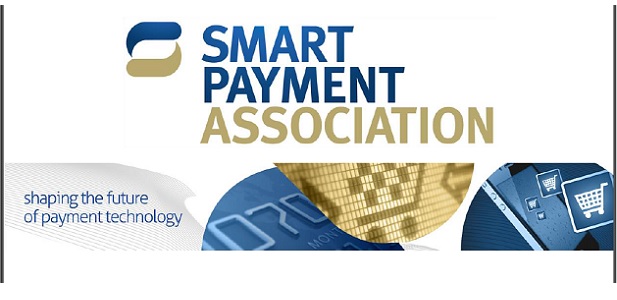
Dynamic Data Authentication (DDA) technology is present on 83 percent of cards. Also, open operating systems (Java OS) now power 89 percent of cards.
„Latest figures confirm the smart payment card remains the most popular way to pay in many parts of the world and is the secure payment method of choice when it comes to non-cash payments.”, according to a Smart Payment Association (SPA) press release.
Collated annually by the SPA, using data from SPA Members and Market Monitoring Advisory Council Members, analysis shows the volume of smart payment card shipments increased by 5 percent to 2.75 billion in 2019 – an increase of 141 million units on 2018.
Growth figures by region
The increase in volumes was driven by strong global demand:
. Largest demand in the United States due to the renewal of 2015-16 issuance
. Double digit growth in all Latin America regions
. Shipment growth above 20 percent in the North Asia-Pacific market mostly due to EMV Dual Interface migration
. Steady growth nearing 10 percent in the Africa, Balkans and Middle-East region
. Single digit growth in mature the EU market
. Significant reduction in shipments to India – reflecting the normalization of the market following the completion of the country’s mandated migration from older magstripe debit and credit cards to more secure EMV cards
Continued increase of contactless
In 2019, SPA reports 59% of total shipments had contactless functionality, a rise of 14 percent on the previous year. This continued increase is driven by growing awareness of the speed and convenience of this payment option, and the rapid deployment of broader ‘enabling’ contactless Point of Sale (PoS) infrastructure.
This trend looks set to continue. According to Juniper Research, the installed base of contactless-enabled PoS devices will exceed 161 million by 2024 (94% of all PoS devices ) growing from 78 million in 2019.
Technology overview
The presence of Dynamic Data Authentication (DDA) technology on 83% of smart payment cards globally is significant in helping to combat fraud and ensure the highest levels of card security.
The figures also confirmed the number of smart payment cards based on a Java open operating system continued to grow – reaching 89 percent of total market share in 2019.
“The significant growth in shipments in 2019 illustrates the continued commitment of the financial community to providing customers with the most secure and convenient ways to pay. Indeed, as financial systems and technologies evolve, we see the new generation of Fintech companies, and even Tech Giants, providing physical payment cards – a reflection that, despite the hype on digital currencies and other non-cash mechanisms, the smart payment card is a powerful tool for customer retention and remains the pre-eminent option for payment worldwide.
We see the trend for contactless payment cards being confirmed in 2020 with the Covid-19 pandemic, as paying contactless, beyond its convenience, is in line with safety measures enforced by governments across the world.” said Alain Martin, President, Smart Payment Association.
Banking 4.0 – „how was the experience for you”
„So many people are coming here to Bucharest, people that I see and interact on linkedin and now I get the change to meet them in person. It was like being to the Football World Cup but this was the World Cup on linkedin in payments and open banking.”
Many more interesting quotes in the video below: